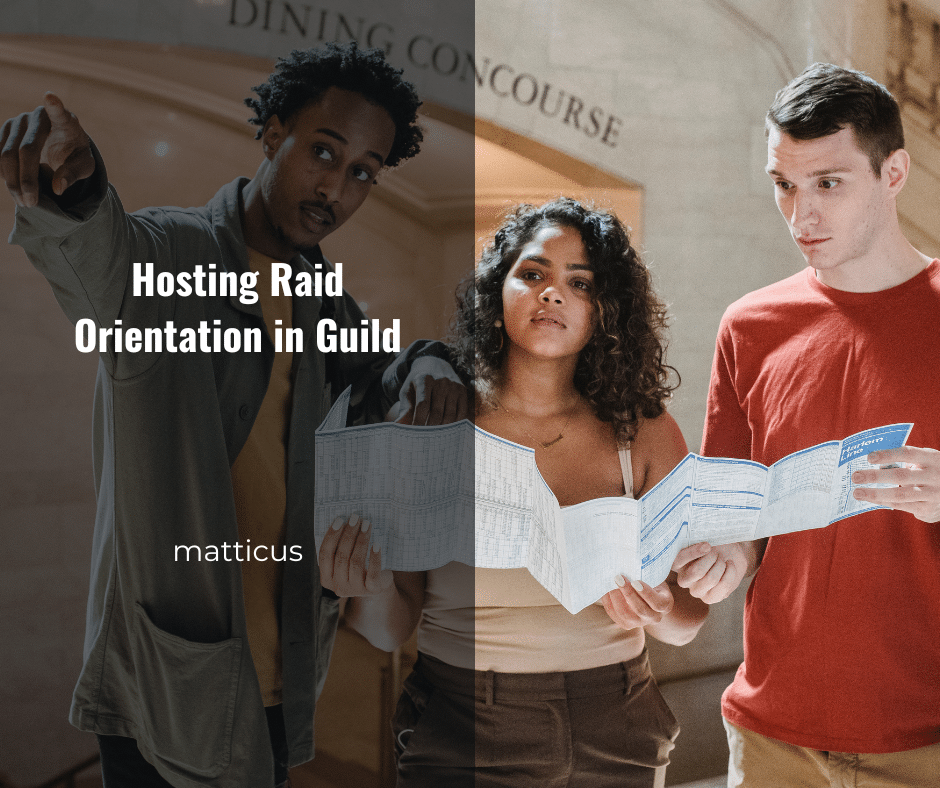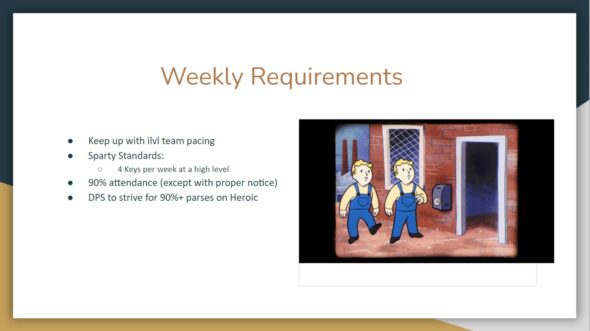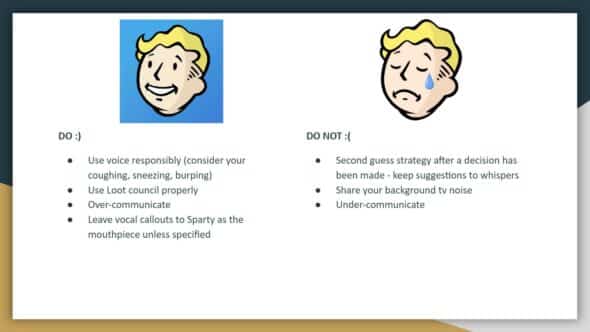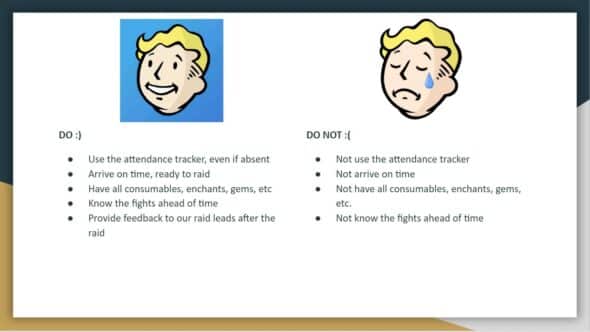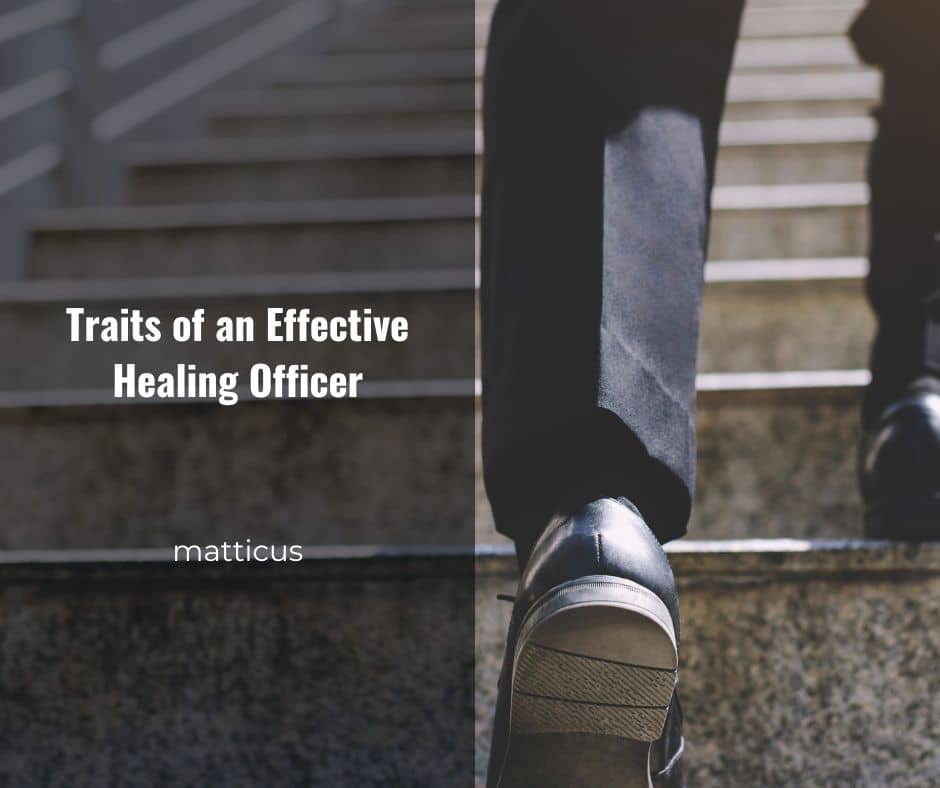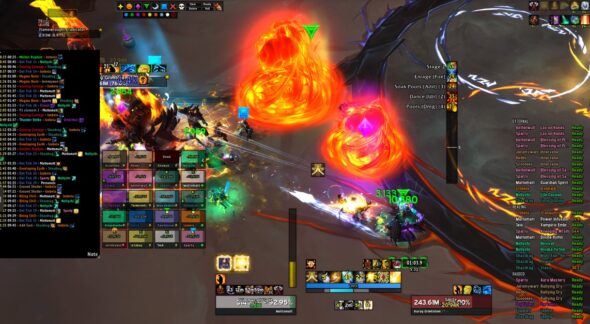Happy Wednesday and I hope you all had productive vaults this week! My Priest has gone dark and heavy on Shadow and DPS gear for the first week (up to 503 ilvl now). I was able to 2 chest a +10 with some guildies and stocked up some 8s. As a raid team, we completely cleared out normal and heroic before finishing out with 3 bosses in Mythic (Terros defeated). This week, we’ll be revisiting Aberrus.
I have a story here about a recent tank applicant to Death Jesters. On paper, the player looked like a fit. Their logs were on target, the defensive usage lined up, and it didn’t seem like there were many mechanical issues until I came across the below (Paraphrased):
“I’ve always found Mythic Plus content challenging and it tends to make me quite anxious, as it’s not my main focus in the game. My primary objective for this fated tier is to improve in this area. While this issue hasn’t impacted my performance in raid progression—I make sure not to be the weak link—it has caused some tension in previous guilds. I’m actively working to overcome this, though I expect it will take a bit of time. Fortunately, the fated tier presents a good opportunity for this.”
This admission does highlight a common feeling among players, especially tanks and healers, in the opening weeks of a new tier. Heck, this level of anxiety is even more pronounced during patches that introduce new dungeon content, where players have to learn new routes and strategies for handling enemies (and whatever abilities that might wipe the party). While this tier is already familiar to many of us with revisiting previous dungeons, the challenge of re-learning still looms, although that’s been mitigated by the various nerfs and tuning changes (Season 1 Ruby Life Pools was a nightmare).
However, avoiding Mythic Plus dungeons in the early stages is unacceptable at the Cutting Edge (CE) Progression or even a mid-level mythic raiding guild. Tanks are expected to step into these keys from the get-go. This early dungeon running is crucial not only for personal gearing but also for the success of the entire team. In guilds like ours, the majority of loot is allocated to favour DPS players, meaning that tanks and healers have to obtain upgrades predominantly from dungeons to supplement the raid.
As a tank within a raid team, one assumes the role akin to Atlas—a Titan doomed to bear the weight of the world on his shoulders. Like Atlas, tanks have that responsibility and must be both resilient and proactive in ensuring that all team members complete their keys with minimal reliance on outside players (pugging). Some players may have friends or other communities they can tap into, but others might be reluctant or unable to do so, requiring help from guild tanks and guild groups to step in and help with a smoother key experience.
With us, our tank expectations are clear — Step into mythic raid content feasibly early while simultaneously supporting the team’s collective needs. A tank that just logs in to update their gear and achieve our dungeon minimums before disappearing just barely meets the guild’s standards. Tanks are just such a bottleneck role at the start. We have a few healers and other DPS that are diversifying and collecting tank pieces to help address that and add more variability to schedules (and their goal isn’t to push high, but to get to a point where +8’s are reasonably comfortable). The role demands extensive involvement, a commitment to team progression, and an unyielding dedication to overcoming personal and collective challenges. I can certainly understand and sympathize the level of anxiety for pushing keys beyond the 10 (or even the 8 range) early on. I feel the same way. I did not feel confident at all healing anything past 8, that’s why I decided to give Shadow a go and get healing gear that way to help be available for raid needs.
Symptoms and Addressing Tank or Healer Anxiety
Anxiety experienced by tanks and healers can come about in different ways. This includes hesitation to join groups, fear of criticism, performance stress, and making decisions under pressure. This anxiety not only diminishes personal enjoyment but can also impact team dynamics and success. Tanks are also the ones dictating the pace of the dungeon (since they’re the ones tackling pulls). Is it time for a big monster pull? Go slower, and steadier at 1 or 2 pulls at a time? Are there DPS cooldowns up and available?
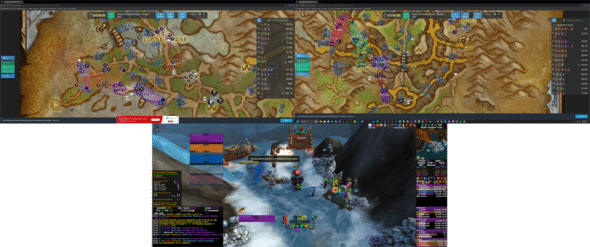
Addressing these issues would take multiple approaches (and this list isn’t exhaustive either):
- Education and Preparation: Knowledge of dungeon layouts, boss mechanics, and optimal strategies can ease some of the uncertainties that fuel anxiety.
- Communication: Talking it out with the party can foster a supportive environment where fears can be shared and addressed collectively. Before big pulls, I’ll try to remind the team of key interrupts or things that can smoke the party if left unchecked. Tanks can call for personals or any extra externals (“Gotta kite, drop an Earthbind!”).
- Incremental Progression: Slowly increasing the difficulty of dungeons can help build confidence in a controlled and manageable manner (I started from 4s and worked my way up).
Lastly, it also helps to play with people you know and trust who are familiar with each other.
If the root causes of anxiety can be addressed, raid teams can ensure that all members — regardless of their role — feel both competent and confident in their abilities to face the challenges of Mythic+ dungeons. It helps ensure that the game remains a fun and rewarding experience for everyone involved. The best step might be to join a more relaxed, less focused raid team to start where the pressure of grinding all those keys isn’t a factor. A competitive CE raid team isn’t the best environment to help properly support a player like that from the start. It’s not an easy journey, but it’s not impossible to work through and help control.
Anyway, back to Aberrus this week! If you’re looking for a raid team for Season 4 and the next expansion, come check us out! We’re looking for a Mistweaver Monk, assorted range DPS, and another tank!
